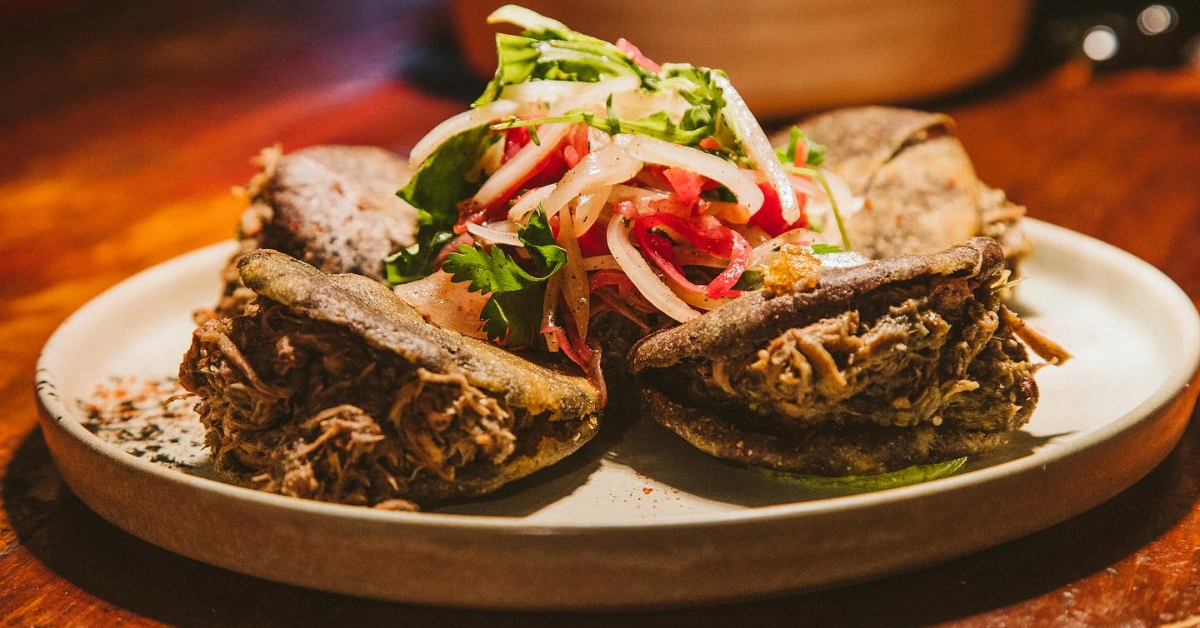Five Yucatecan restaurants in Mérida earn spots on OAD and World's 50 Best lists for 2025, solidifying the region's status as a top gastronomic destination.
Yucatán’s culinary identity is having a breakout moment on the world stage. In a landmark year for the region, five restaurants in Mérida—each deeply rooted in the flavors and heritage of Yucatecan cuisine—have been recognized by the 2025 editions of the prestigious Opinionated About Dining (OAD) guides and The World’s 50 Best Restaurants, cementing the . . .






